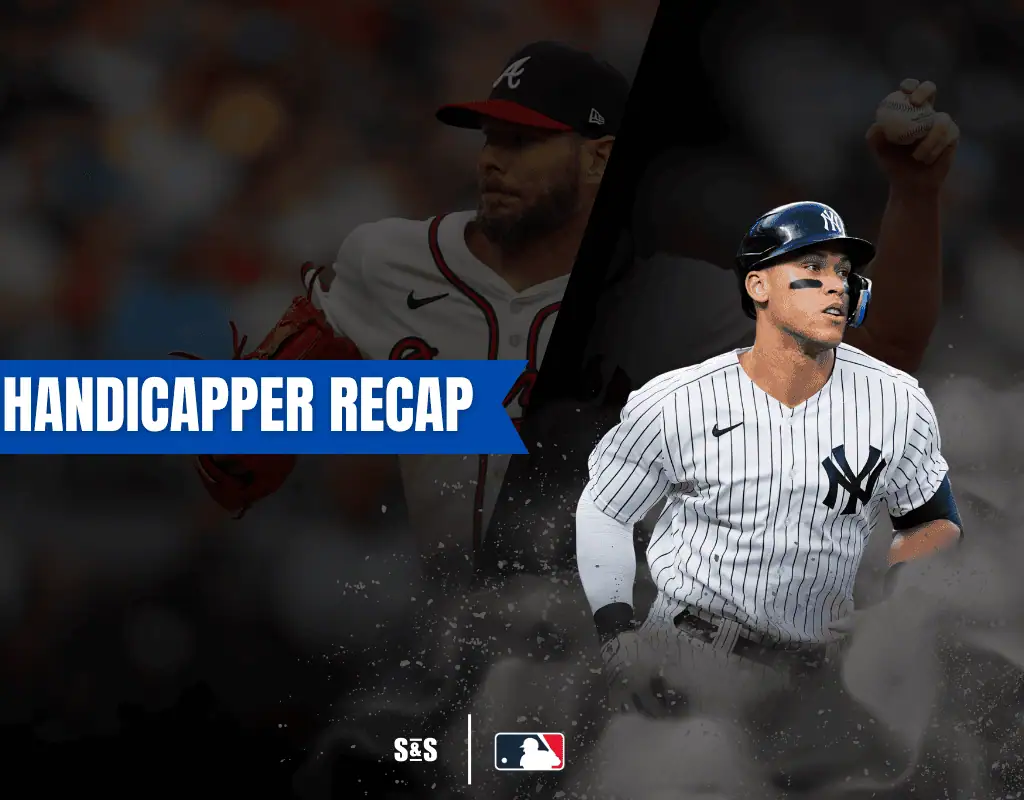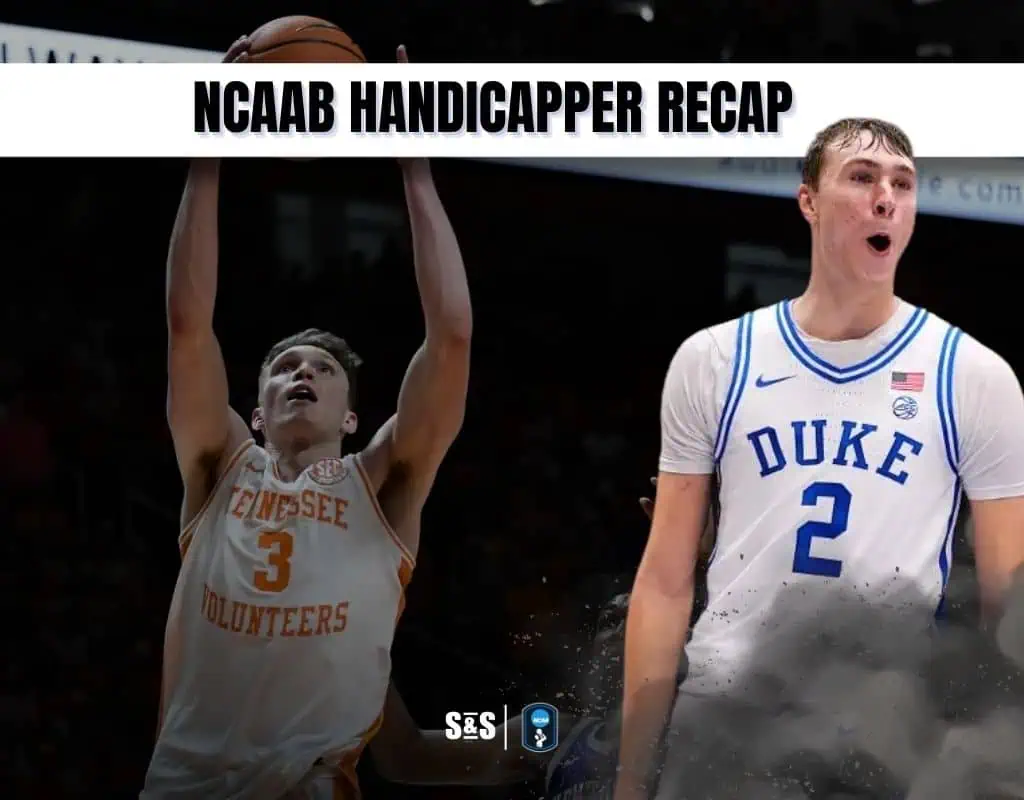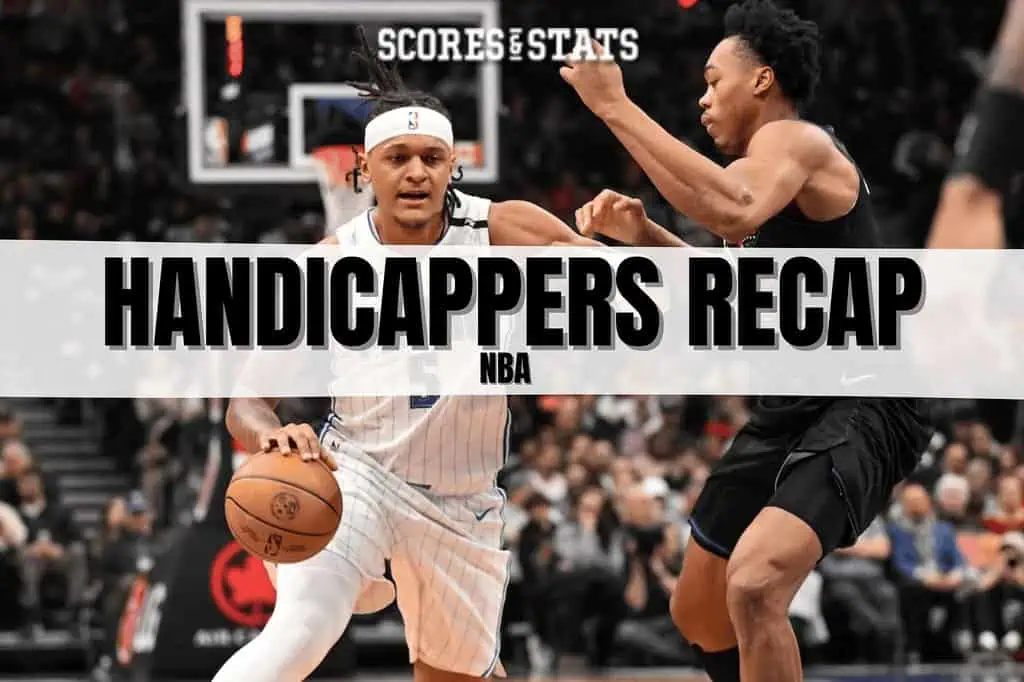PGA Daily Fantasy Sports (DFS) is a fun game for fans of professional golf and the followers of the PGA TOUR. PGA DFS allows you to look at the field of any tournament and select several golfers you think will do well and be playing on the event’s final day. Each of your players earns points every day of the event, giving you more ownership of the entire tournament instead of just placing a wager on who the winner may be.
The Basics of PGA DFS
What sets PGA DFS golf apart? Here’s how DFS works when applied to a PGA Tour golf tournament – especially one with a cut line heading into the weekend. Think of it like you would when you are putting together a fantasy team for any other sporting event – let’s say football. You select your players for that single game. You get points for each player during the entire game. That’s a one-day event that happens in a period of about 3 to 4 hours. PGA DFS events happen over the course of an entire PGA TOUR tournament. That’s four days – not four hours! That brings us to the biggest tip you can get for your PGA DFS strategy which is the cut.
Consider the Cut When Picking Players
It is important to note that some of the Designated Signature Events on the PGA Tour Schedule will be no-cut tournaments. Most events will have a cut and you have to consider that more than anything. As mentioned above, golf tournaments on the PGA Tour take place over four days. You want your six players to earn some points every day not just on Thursday and Friday. You need them to make it past the cut line and still be playing on Saturday and Sunday.
This means that one of the first stats you need to consider when working on your PGA DFS strategy and top tips for winning is to look at how many cuts a player has missed. And see how they’ve done at the course the tournament is being held at in the past. This means you may have to go top-heavy with some high-value players while taking a chance on some lower-valued talent.
Every remaining tip going forward is related to helping you select players that will make the cut. This can be tough because every field of players is different from week to week and no two courses on the schedule are the same.
Important Stats to Consider
Yes, the cut stat is important! But don’t stop there when looking at the statistics for a player. You should also look at some other key indicators of how a player is doing starting with greens in regulation. GIR means that a player’s ball is on the green in two strokes minus the hole’s par. Let’s take a Par 3 hole as an example which would be 3 – 2 = 1. The player hits the ball on the green in one stroke. A Par 4 hole would be 4 – 2 = 2. The player has the ball on the green in two strokes, then three strokes for a par five.
You should also look at Strokes Gained for a better understanding of how a player is performing. There are six strokes gained categories; Strokes Gained: Off-the-Tee, Approach, Around-the-Green, Putting, Tee-to-Green, and Total Strokes Gained. This is all a way to compare where a player is cutting strokes compared to the rest of the PGA Tour or the event field. The easiest way to explain strokes gained is to say your player shot a 67 and every other player shot a 70. That’s a strokes gained of three.
There are plenty of other stats to consider, but some may be more important than others depending on the course as no two courses are the same.
Course and Course History
Every course on the PGA TOUR is different and courses change with the weather. They can play fast or slow on the greens and with little or lots of run-out on the fairways. Roughs are never the same, some venues have tight fairways while some play wide open. It’s important to see how your players have performed at a venue in past events when making selections.
Let’s say that fake player “Paul Putter” is known for great play at a course – Paul has made the cut at the course five of his last six visits with five top 10 finishes. That’s a strong player for that course. Now let’s look at the fake player “Dave Driver” on the same course. Dave has made the cut on this course only four of his last six visits and has never finished better than the top forty. Dave is not as strong of a pick as Paul for this venue.
However, you can still make a case for Dave if you look at his stats coming into the event during the course of the season instead of over the last several years. Fake player Dave may have improved his game this year with an improvement in his stats such as strokes gained and GIR. How does this play out when making a pick for your team? In this instance, you must look at the value of fake player Dave Driver as he may be a solid value pick for your team when you consider cost and his improved stats. That brings us to our next tip.
Top 7 Tips for Betting on Golf
PGA DFS Value / Salaries / Cost
One of the biggest considerations when planning your PGA DFS strategy is to work within your budget depending on your platform and game. Granted, many of us will lean towards some big names to anchor our team which will eat into your available salary. This is where you start looking for value players that can fill out your roster.
Things change weekly on the PGA TOUR and no two fields are the same from week to week, which means a player’s value will change from event to event. Let’s consider you have three players of similar value/cost in mind for your last selection. This is when you apply your research of how a player has performed at the venue in the past and how they are playing heading into the event.
They may have missed the cut at this venue last season, but they have a streak of playing on the weekend of several tournaments with finishes of T15 or better. Another player may have done well at this course in the past, but has struggled over the last several tournaments with a few missed cuts and finishes outside of T30. This is where you may decide to fade. Look for players trending up instead of trending down, which could be because of several factors.
PGA DFS Strategy Outside Factors
I love stats – especially when it comes to golf! Strokes Gained Putting can be simply defined as a player having a hot putter. Sometimes there are other factors outside of the world of golf when it comes to selecting a player for your roster. A player may be suffering from a nagging injury or still recovering from an injury. It may sound personal, but any injury is a solid reason to fade on the player. I also take into consideration life outside of golf. Has a player recently been sick, had a personal loss or welcomed a new member to their family? Golf is a mental game and lack of sleep from having a new baby can certainly put a dent into how crisp you are over the course of four days and 72 holes.
Other factors can have a major impact as well. Has your player gone through a swing coach change or started using different clubs, such as a new driver or putter? Have they changed caddies? These are all things that could have an impact on how they are playing. A quick search of a player’s name online will generally result in any news along these lines.
Time to Select Your PGA DFS Team
That’s the basics when it comes to your PGA DFS strategy and top tips for winning. Start by being aware of what the cut policy is happening for your event. Remember, only a few tournaments will be no-cut events. You want as many of your team members to make it through all four days of play while earning you points.
Then, dive into some statistics such as greens in regulation and others. Once you’ve started researching, you’ll find some specific statistics that fit your selection process. For instance, I lean on the scrambling stat quite often. Then, look at the course, weather, and how players have performed at the same venue in the past. And consider their last several outings heading into the contest. Lastly, look for value picks that are high quality while considering any outside factors that may come into play.
 ES
ES 











